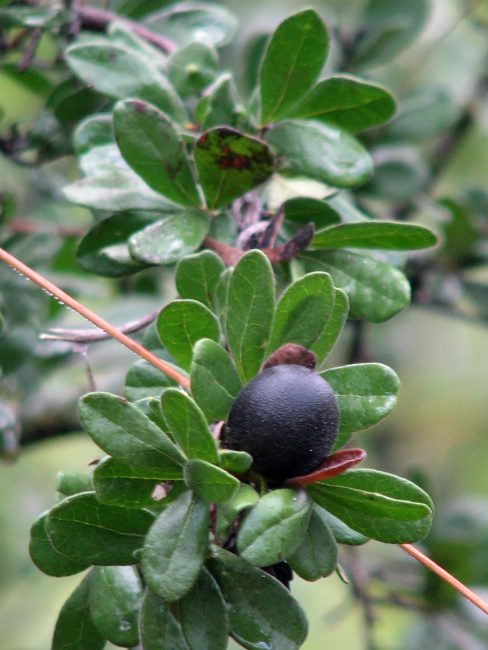This sun-loving perennial beauty bears sweet black fruit in late summer for you and the wildlife to enjoy.
Many times, nature is not balanced and gives many virtues to a single plant. This is exactly what happened to Texas persimmon.
This perennial shrub (or small tree) is one of the most drought-tolerant trees around, and it’s an excellent ornamental choice for decorating a sunny water-saver landscape. Its peeling bark is a smooth, steely gray, and the leaves are small, thick and semi-evergreen. It can be slow growing, but the wait pays off: Texas persimmon eventually reaches 20-30 feet tall with a striking silvery-black silhouette.

In spring, Texas persimmon boasts branches covered in small white flowers that develop into hundreds of one-inch fruits that cover the tree in late summer. The very sweet black fruit (similar to figs or prunes in taste) can be consumed fresh or used to make jelly. Many species of birds and mammals love the fruit, which is also used in many places around Mexico to dye leather. (The dark purple fruit can also stain driveways and decks.)
Texas persimmon reproduces mainly by seed and enjoys mostly sunny spots with good drainage, but it’s not very demanding since it will resist onslaughts of both heat and poor nutrient soils.
If you have a nice open space in the sun where other plants have said no, give this tough Texan a chance to put the sun and drought in their place.


